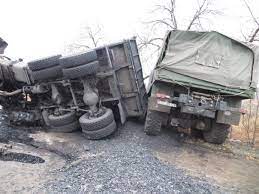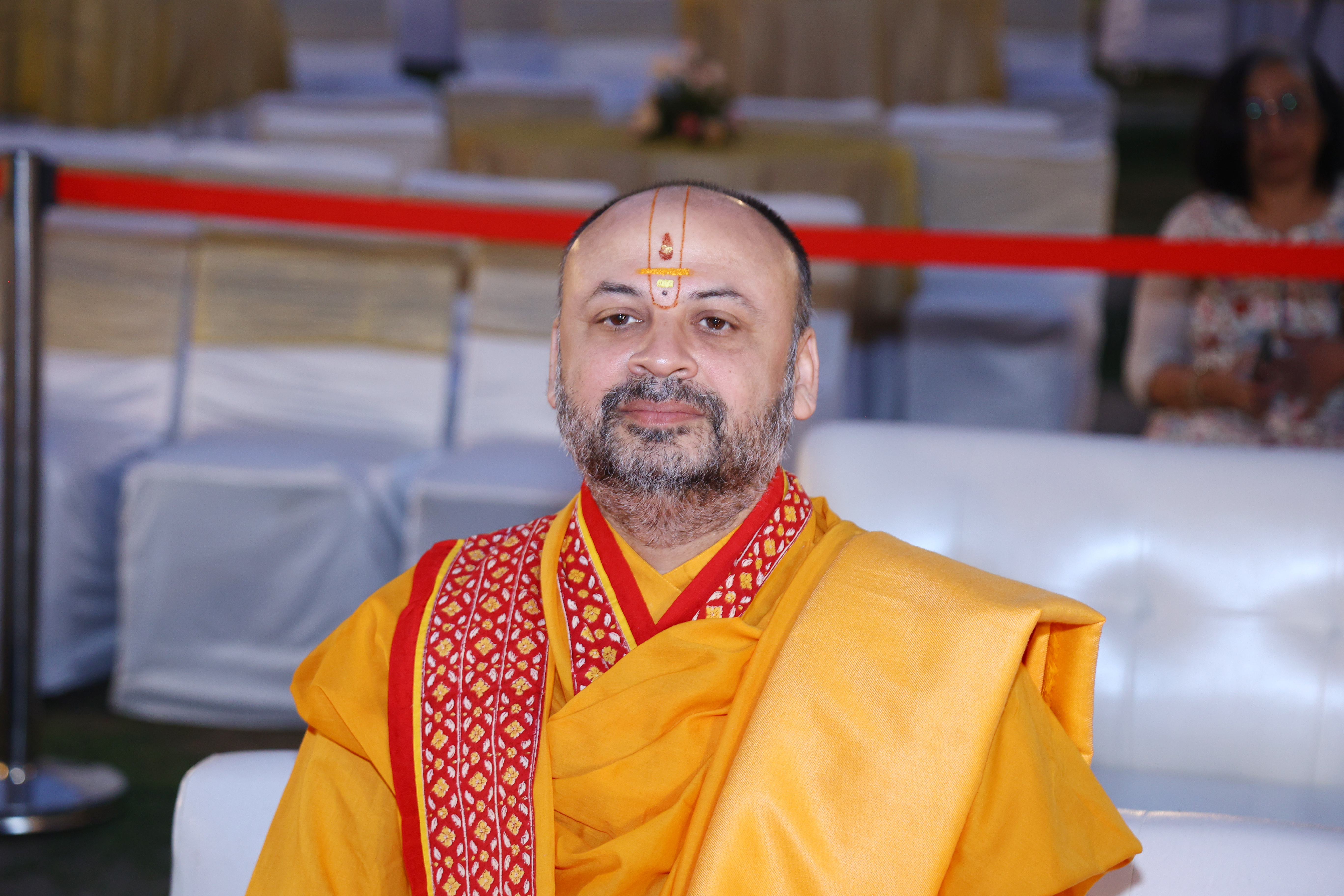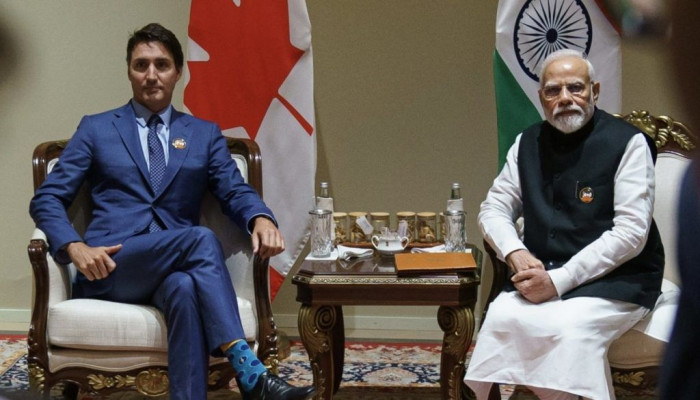All Indians are shocked by the death of Cyrus Mistry, an eminent businessman and scion of Shapoorji Pallonji group in a road accident. It seems that Late Mistry’s car was at a speed of 130 kmph and hit a divider while trying to overtake a vehicle from the left side. It is also suspected that the road was narrowing and the divider was also slightly protruding outside contributing to the accident. The rear occupant not wearing a seatbelt including Sh Mistry, died on the spot, while the rest were seriously injured and hospitalised. There is the huge brouhaha over rear passengers not wearing a seatbelt and the resultant death which though justified to an extent seems to miss a much larger issue” Could we have avoided the accident in the first place”.
As per the world bank report, India tops the world with 11% of global death in road accidents, in spite of a vehicle population of only 2.5%. Road crashes claimed over 1.55 lakh lives across India in 2021. If we include the number of people who are maimed, we will realise that this is a tragedy of gigantic proportion and need action on a war footing. According to UN Study, India loses 3% of its GDP to road accidents every year. Imagine becoming the fastest-growing economy just by eliminating accidents and also saving many precious lives.
Police official after the initial probe said that the deceased were not wearing seat belts, also adding that overspeeding and an “error of judgment” by the driver caused the accident. This approach of only blaming the victims will not help us in making our road safer for all. Many developed countries are able to eliminate accidents by looking at all the possible causes and trying to address each one of them. When I was living in Finland twenty years back, there was an accident at a nearby crossing and a person was injured. Within a few days, the local authorities revamped the whole crossing by introducing signals, signages, speed limit, divider etc. This type of holistic approach has enabled developed countries to achieve minimum possible accidents in spite of much higher vehicle density and allowable speed limits. I am pretty sure that India can also achieve it provided we are really sincere and give road safety the importance it deserves.
Let's try to look at all the angles which might have contributed in various measures to the accident and death / serious injury of the occupants.
Speed- In all developed countries, the speed limit is regulated very seriously by authorities because overspeeding is dangerous for other road users also. There are surprise checks 24 x 7 with the help of speed radars and vehicles found speeding are penalised.
However, we also need to also look at various causes why people are forced to drive at a much higher speed than allowed. In India, it's difficult to plan the journey due to various bottlenecks. There are multiple reasons for the unexpected delays including huge queues at toll gates, potholes, slow vehicles driving in the fast lane, vehicles coming from the opposite side, stray animals, no signals at junctions, dangerous road crossing, narrow roads, changing the number of lanes, haphazard parking etc. This sometimes not only causes delays but traffic jams and then people are forced to drive fast to make up for the lost time.
The government’s initiative for constructing new highways is laudable however Government should ensure that all bottlenecks are also addressed on a war footing for the existing highways. We should realise that It's much better to have a road where you can drive constantly at 60 KM per hour instead of a road where you can drive most parts at 120 kmph and some parts barely at 10 kmph.
Overtaking from the wrong side- In developed countries, road users use lanes depending on their vehicle speed. In many countries, the first lane is exclusively used for overtaking. Unfortunately, In India, the first lane of all the highways is occupied by heavy-duty trucks, containerised trucks moving at very slow speeds. We have an upper-speed limit but vehicles are free to drive at low speeds without any problem. This forces all the car drivers to overtake from the wrong side, which is not only dangerous but can lead to serious accidents. It's time we penalise all the slow-moving vehicles driving in the wrong lane. This will not only make driving comfortable but quite safe for everyone as the need of overtaking would be minimised.
Road Signage & Dividers- We have no best practices for road design, well-proven system and guidelines to ensure that dividers are placed at regular intervals with good visibility. Also, the width of the road and lane is not uniform and causing challenges for vehicles running at high speeds.
In all the developed countries, there is ample visible road signage and people are warned in advance about changes in road conditions. It's time we create and follow the best engineering practices for road construction throughout the country.
Emergency response- Passer-by, in this case, called their friends who luckily owned a private ambulance and could reach them immediately. In a developed country, there is a highly efficient network of emergency response with a trained paramedic to administer first aid, which can make a life-and-death difference in critical situations. In India, people still prefer to call their relatives instead of calling an ambulance. It's time the government takes responsibility for creating the necessary medical infrastructure so any witnesses can call the ambulance helpline and be sure that the injured will get the best possible medical care.
Seat belt- A seat belt is the first line of defence in case of an accident. Even an unbuckled person can seriously injure, other occupants, wearing a seat belt. This is very easy to address and good to know that authorities have already started working on amending necessary legislation. The bigger issue is how to ensure that number of passengers is not more than the vehicle capacity so each one can wear a seat belt. It's a very common sight in India to see kids sitting in the lap of their parents. Their parents don’t realise that these kids will act like a balloon in case of an accident and have no chance of survival. Even a child should mandatorily have a special seat in the car to make seat belts effective because every unbuckled person is not the only risk to themself but also to other occupants. How about buses and trucks plying on the highways? None of them have a seat belt for all the passengers. It is time that government makes it compulsory for every vehicle to have the requisite amount of seat belts so that everyone is buckled.
Lastly, We need to have a reasonable penalty for all offenses. High penalties never lead to compliance. Numerous studies have established that certainty of fine acts more as a deterrent than a huge penalty. It is not possible for a country of India’s size to be monitored by understaffed police. We need to develop an army of people (Retired, Senior citizens, unemployed etc) who wish to make a difference and train them about best road practices. These people can be equipped with technology to record all traffic violations. Technology can easily be used to upload these traffic violations and penalty collection can be also automated. These people can also be easily compensated from the collection of the penalty amount. We also need to develop a scoring system to allow a negative score for each offense and then suspend the license temporarily/ permanently depending on the overall score. This can also act as a huge deterrence and force people to follow safe driving practices.
As the Indian economy is growing, we can expect huge growth in the population of vehicles. It's time we draw the right lessons and work towards Accident prevention and take necessary corrective actions to make roads safer for all of us. Then we can be sure that we are not missing the wood for the trees.








 OpinionExpress.In
OpinionExpress.In















Comments (0)